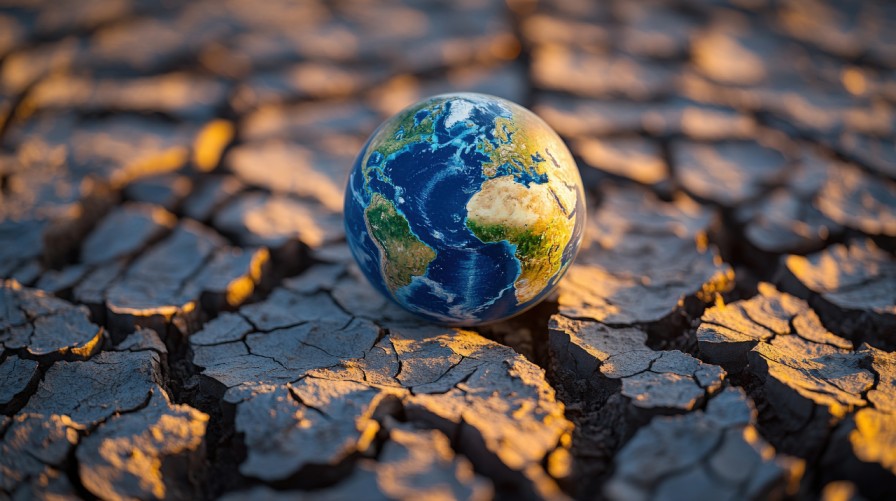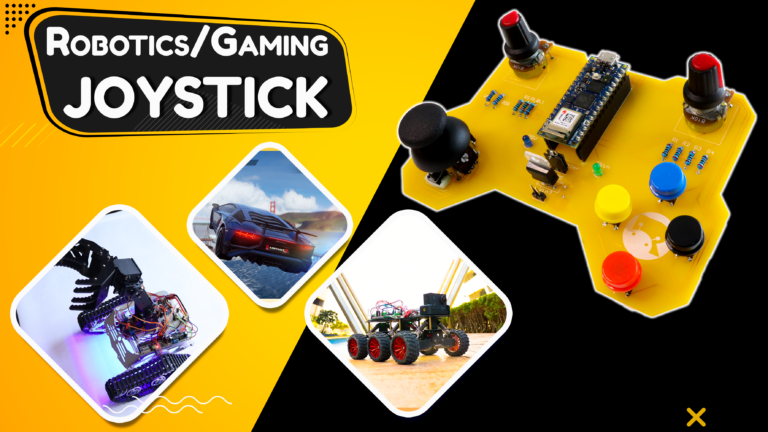Geoengineering: Can We Really Engineer Our Way Out of the Climate Crisis?
As the global climate crisis escalates, the impacts of rising temperatures, extreme weather events, and environmental degradation are becoming more severe. From melting polar ice to catastrophic wildfires, the consequences of global warming threaten ecosystems, economies, and human health. While efforts to reduce greenhouse gas emissions are critical, they have been slow to yield the drastic changes needed to limit global temperature rise.

Amid this urgency, scientists and policymakers are increasingly exploring geoengineering—a suite of large-scale technological interventions designed to directly manipulate the Earth’s climate systems. But can geoengineering truly fix the climate, or is it a dangerous gamble with unknown consequences? This article delves into the possibilities, risks, and ethics surrounding geoengineering as a potential tool for combating climate change.
Geoengineering
Geoengineering refers to the deliberate modification of Earth’s natural systems to counteract the effects of climate change. The two important approaches are:
Solar Radiation Management (SRM): This technique aims to reflect a portion of the Sun’s energy back into space to reduce global temperatures. By altering the planet’s albedo (reflectivity), SRM could theoretically cool the Earth in a short period of time.
Carbon Dioxide Removal (CDR): CDR technologies focus on extracting excess carbon dioxide (CO₂) from the atmosphere, directly addressing the root cause of global warming. This approach promises to reduce atmospheric CO₂ levels and mitigate the greenhouse effect.
Both approaches offer unique possibilities, but their efficacy, scalability, and potential risks remain subjects of intense scientific debate.the root cause of global warming.
Geoengineering Techniques
Geoengineering encompasses a diverse range of technologies, each with its own set of challenges and potential impacts on the planet.
Solar Radiation Management (SRM) Techniques
Stratospheric Aerosol Injection (SAI): This technique involves injecting tiny reflective particles (such as sulfur dioxide) into the stratosphere to reflect sunlight away from Earth. It mimics the cooling effect of volcanic eruptions, which have been shown to temporarily lower global temperatures.
Marine Cloud Brightening: By spraying sea salt or other reflective particles into marine clouds, this method seeks to increase the reflectivity of clouds over the ocean, thereby reducing the amount of solar radiation reaching the Earth’s surface.
Space-Based Reflectors: Though still in the theoretical stage, this approach envisions deploying reflective mirrors or other devices into space to deflect sunlight away from the planet.
SRM techniques could provide rapid cooling, potentially halting or reversing the worst effects of global warming. However, they do not address CO₂ concentrations, ocean acidification, or the root causes of climate change. Moreover, altering the Earth’s radiation balance could disrupt weather patterns, leading to unintended consequences such as shifts in monsoons, regional droughts, or increased storms.
Carbon Dioxide Removal (CDR) Techniques
Direct Air Capture (DAC): DAC involves using machines to capture CO₂ directly from the atmosphere, which can then be stored underground or used in industrial processes. This technology holds promise for large-scale CO₂ reduction, but it is energy-intensive and expensive.
Ocean Fertilization: This method involves adding nutrients like iron to ocean waters to stimulate the growth of phytoplankton, which absorb CO₂ through photosynthesis. While theoretically effective, there are concerns about the long-term ecological impacts and the potential disruption of marine ecosystems.
Afforestation and Reforestation: One of the most natural forms of CDR, tree planting, aims to sequester CO₂ by expanding forested areas. Although effective, this method requires vast amounts of land and can conflict with other land uses, such as agriculture.
Bioenergy with Carbon Capture and Storage (BECCS): BECCS combines biomass energy production with carbon capture technology, offering a dual benefit of renewable energy generation and CO₂ removal. However, like other CDR methods, it faces challenges related to scalability and environmental impact.
While CDR addresses the fundamental problem of excess atmospheric CO₂, scaling these technologies to the levels needed to significantly impact climate change would require substantial energy, investment, and time. Furthermore, the ecological and social impacts of large-scale CDR interventions are not fully understood.
Advantages of Geoengineering
Despite its challenges, geoengineering offers several compelling benefits that make it an attractive option for climate intervention:
Rapid Cooling in Emergency Situations: SRM methods could provide a relatively quick response to extreme warming scenarios. In the event of a climate emergency—such as the collapse of polar ice sheets—these technologies could be deployed to temporarily stabilize temperatures.
Preserving Key Ecosystems: By slowing or reversing global temperature rise, geoengineering could help protect vulnerable ecosystems like the Arctic, coral reefs, and tropical rainforests, which are under threat from climate change.
Buying Time for Decarbonization: Geoengineering could serve as a stopgap measure, buying time for the world to transition to sustainable energy systems and implement large-scale emissions reductions.
Challenges of Geoengineering
While geoengineering offers potential benefits, it is fraught with significant risks that must be carefully considered.
Technical Risks: The technology behind geoengineering is still in its infancy, and the long-term effectiveness of these interventions is uncertain. SRM, in particular, may result in unpredictable side effects, such as altering precipitation patterns or intensifying regional climate extremes. The risk of “termination shock”—a sudden spike in temperatures if SRM is abruptly halted—also poses a serious challenge.
Environmental Risks: Geoengineering could exacerbate existing environmental problems. For example, while SRM techniques may reduce temperatures, they do nothing to address the issue of ocean acidification caused by excess atmospheric CO₂. Additionally, large-scale deployment of CDR technologies could have unforeseen impacts on biodiversity and ecosystems, particularly if land or ocean ecosystems are heavily modified.
Social and Ethical Concerns: Geoengineering raises profound ethical questions. Who gets to decide if and when to deploy these technologies? What if the interventions benefit some regions but harm others? Developing countries, which are often most vulnerable to climate change, may be disproportionately affected by geoengineering efforts, yet they may have little say in the decision-making process. There is also concern that the prospect of geoengineering could serve as a “moral hazard,” encouraging governments and corporations to delay meaningful emissions reductions by relying on future technological fixes.
Political and Governance Challenges: Geoengineering remains largely unregulated, and there is currently no international framework governing its use. Unilateral action by a single country or corporation could lead to geopolitical tensions, especially if the effects of geoengineering are perceived to harm other regions. Establishing a transparent, global governance structure is essential to ensure that geoengineering efforts are conducted responsibly and equitably.
Can Geoengineering Be a Climate Fix?
Geoengineering is not a standalone solution to the climate crisis. While it may offer temporary relief from some of the symptoms of climate change, it cannot replace the need for deep decarbonization and adaptation strategies. Emissions reductions remain the most effective and sustainable way to address the root causes of global warming. Models suggest that relying too heavily on geoengineering could create new problems, such as unintended environmental side effects and geopolitical conflicts, while failing to address fundamental issues like ocean acidification and biodiversity loss.
Socio-Political Implications
Geoengineering is a highly controversial topic, and public opinion varies widely. Some view it as a last-ditch effort to avoid climate catastrophe, while others fear that it could do more harm than good. Public engagement and transparency will be crucial in shaping the future of geoengineering. Governments, scientists, and civil society groups must work together to ensure that any geoengineering efforts are guided by rigorous scientific research, ethical considerations, and global cooperation.
Environmental Considerations from Tech Field
Environmental considerations in electronics are becoming increasingly critical as the world grapples with the consequences of e-waste, resource depletion, and pollution. The production and disposal of electronic devices have significant environmental impacts, including the release of hazardous chemicals, high energy consumption, and the depletion of valuable raw materials like rare earth metals. Sustainable practices, such as reducing the use of toxic substances, enhancing energy efficiency, and designing for recyclability, can mitigate these effects. By incorporating environmental awareness into the design, manufacturing, and end-of-life processes of electronic devices, the industry can reduce its ecological footprint while fostering innovation in green technologies.
PCBWay
PCBWay is at the forefront of promoting environmentally conscious electronics manufacturing. PCBWay is a leading PCB manufacturing company known for its high-quality, cost-effective printed circuit board solutions. They emphasize sustainability in their PCB production by using eco-friendly materials and processes that minimize waste and energy consumption.

In addition, PCBWay offers options for lead-free soldering and supports the recycling of electronic components, which aligns with global initiatives to reduce hazardous waste. By integrating advanced technology with a strong commitment to environmental responsibility, PCBWay not only delivers high-quality products but also helps the electronics industry transition towards a more sustainable future.
PCBWay’s 7th Design Contest invites innovators and electronics enthusiasts to showcase their creativity and technical skills, offering exciting prizes for the best PCB designs.
Conclusion
Geoengineering offers a range of potential strategies for mitigating the impacts of climate change, but it is not a panacea. The risks, uncertainties, and ethical challenges associated with large-scale climate interventions must not be underestimated. Rather than viewing geoengineering as a “fix” for the climate crisis, it should be considered a complementary tool—one that may be necessary in the future, but only alongside aggressive emissions reductions and global efforts to build climate resilience. As we navigate the complexities of climate change, the world must approach geoengineering with caution, ensuring that any decisions are informed by science, equity, and the collective good of humanity and the planet.






